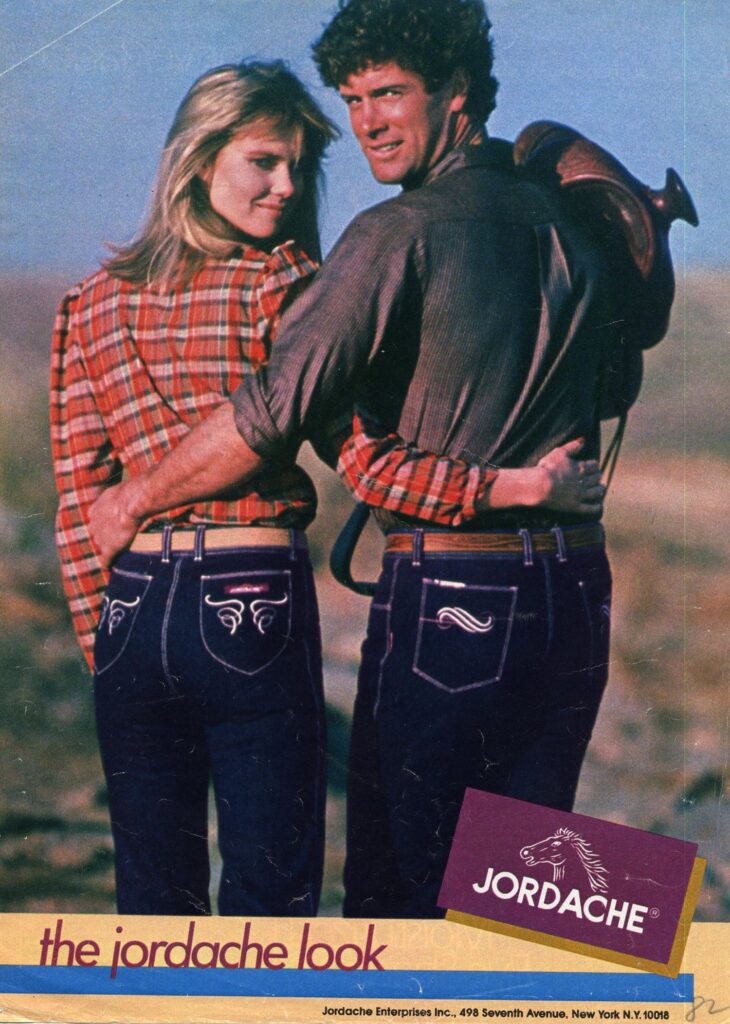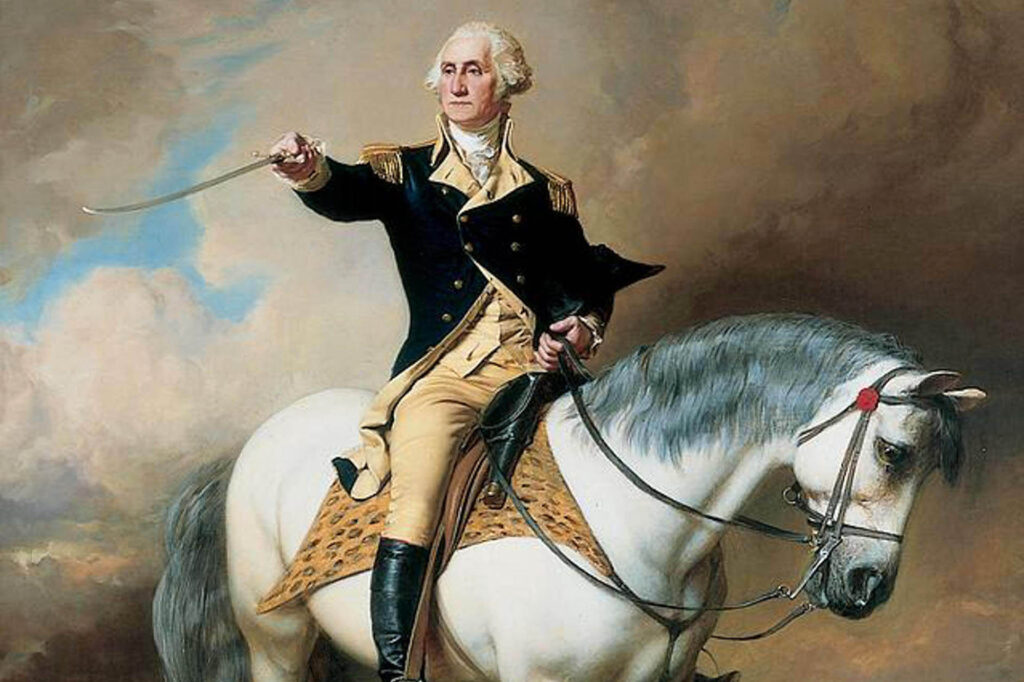My first realization of the modern absurdity of virtual reality came a few years ago. Both my teenage sons were playing Fortnite pretty regularly. Fortnite is a video game where up to 100 players parachute onto an island. Once they hit the ground those cartoon-like characters gather weapons and other items then proceed to start killing each other off until only one remains. While this carnage is taking place a storm slowly encircles and covers more and more of the island, forcing the players to move closer and closer together, all the better to heighten the kill or be killed psychology. The winner, the sole survivor, is then consumed in the storm.

The game itself, other than the gaming system to play it, is free. One of the ways the owners of Fortnite do make money though is selling costumes for the characters, known as skins. If I remember correctly, my son was spending about $10.00 per skin. He had dozens of these skins. Now individually each skin is not a lot of money, but it seemed to me absurd at the time that my son was spending real money to buy essentially clothes for a video game character, clothes that had no practical tangible function for a character that had no tangible physical reality outside of the virtual reality of the video game of Fortnite.
A similar experience came when I was in high school, some thirty plus years earlier. I was on the track team and there was a guy on the team, a really nice guy, who had a pair of Jordache jeans. Jordache jeans were very popular in the late 1970’s and early 1980’s, but there was really nothing exceptional about Jordache jeans other than the marketing. Jordache jeans were expensive, and my teammate treated his jeans like I’ve never seen anyone treat a pair of pants. When we changed into our track clothes he actually put his Jordache jeans on a hanger and gingerly hung them in his locker, which mystified me.

But outside of the Jordache label on his jeans, my teammate’s jeans had no practical tangible functional value as pants over any other brand of jeans. As jeans to wear and actually do activities, the Jordache jeans were less practical than other brands, except perhaps in impressing others. People have for a long time paid money for a label which brings nothing tangible, other than a higher price and the envy of others.
We may think of such attitudes about what we put on our bodies to be a result of our modern consumer culture, but it’s not. Valuing flare over function of course goes much farther back in time than Jordache jeans. The founding fathers of our very nation, men some may like to think of as unrelentingly practical and austere and serious minded, were not above the temptation to dress for appearances over function.
The father of our country, George Washington, the great general of the American Revolution and first President of the newly formed United States of America, was not above dressing for effect over function. Here he is in a portrait, as if off to battle the British, standing tall in the saddle on his white stallion, with gold epaulets glistening on his shoulders, and his full head of hair powdered white. Perhaps the intended function of such dress was to make him more visible and recognizable to his men as he led them to battle. If that is the case, the British likely appreciated the help in locating their most significant target.

Whatever practical drawbacks George Washington’s military garb may have had, he actually did lead troops into battle, and quite effectively. The absurdity of our first president’s dress pales in comparison to his contemporary, Louis XVI, the King of France. Here he is in the splendor of his royal regalia. To ponder that this man ruled a nation that a few short years later would conquer much of Europe and beyond under Napoleon Bonaparte is to contemplate the absurdity of power. Of what practical function could such dress serve other than to proclaim, as loudly as possible, Louis XVI’s vanity and pretentiousness?

Look how he so elegantly and purposefully uses his left arm to pull back his flowing robe to reveal his gilded sword, and white stockings and garter. And this is not just a random picture, but a royal portrait meant to convey to his subjects Louis XVI’s majesty. Vanity of vanities; all is vanity. Louis XVI would ultimately meet his death by guillotine in 1793, performed by his own former royal executioner during the French Revolution.
In the “modern” world, outside of some celebrities and entertainers, such absurdly ostentatious dress is largely forgone, at least for public consumption. Our modern movers and shakers like to proclaim their wealth, power and importance not so much in their dress but in their cars, homes, and other conspicuous displays of wealth, as well as their ability to manipulate and influence others. This does not change the fact that pride goeth before destruction, and a haughty spirit before a fall.